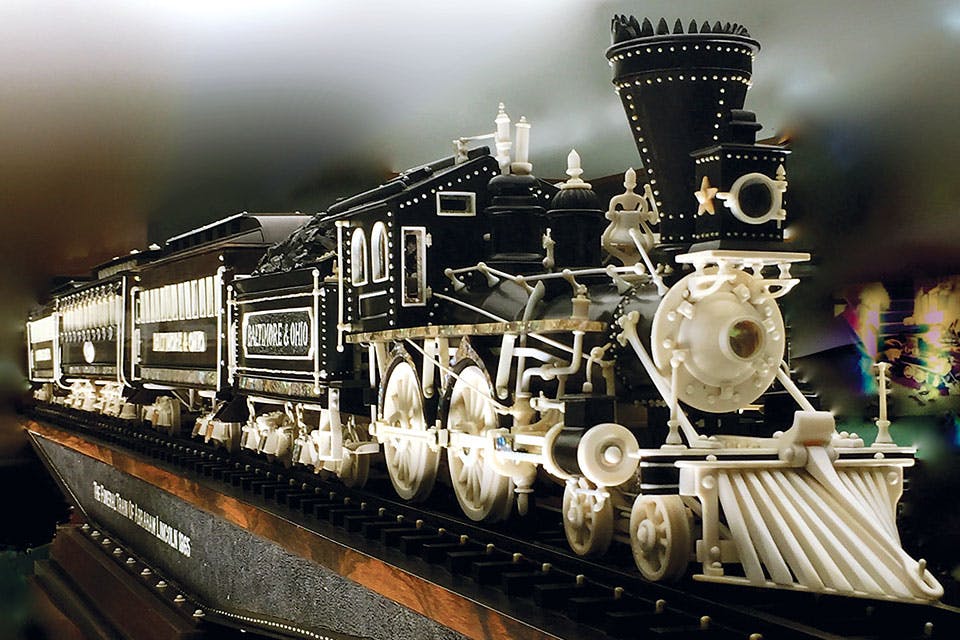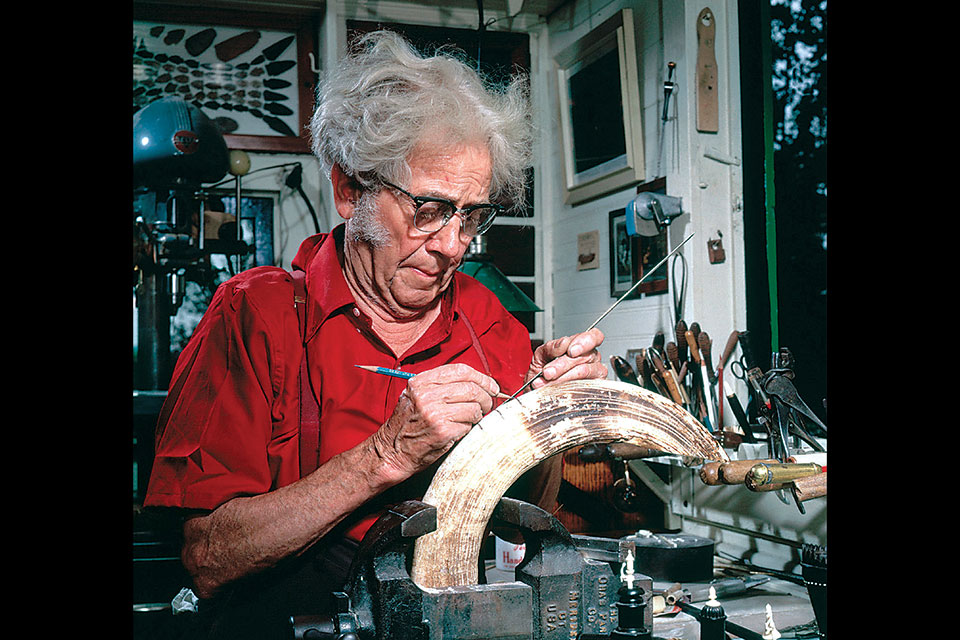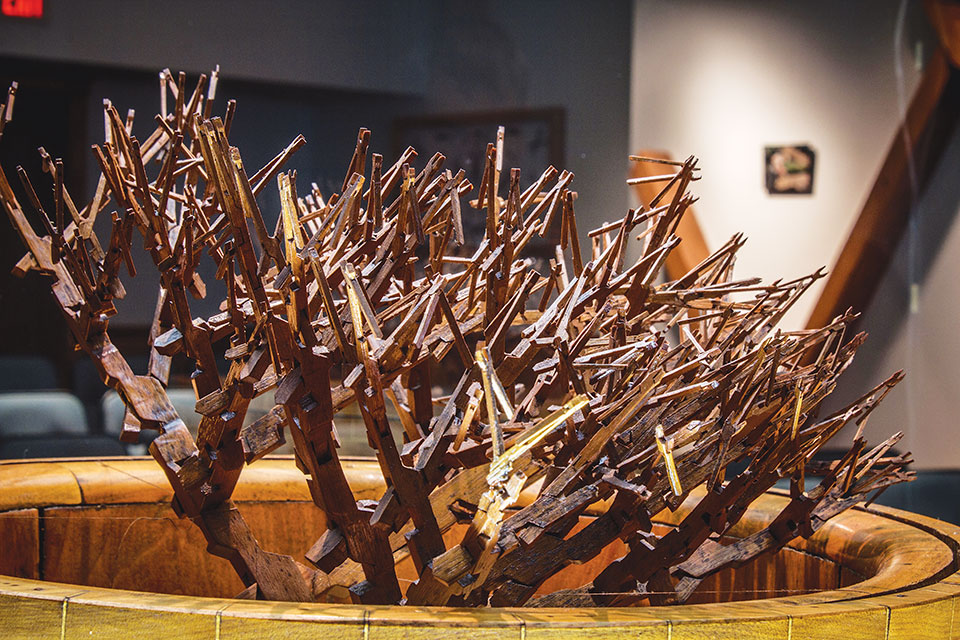Ohio Life
The Legacy of Master Carver Ernest Warther
Ernest Warther’s formal education ended in second grade, but his ability to make elaborate, hand-carved depictions of trains from the steam-locomotive era cemented him as a genius in his own right.
Related Articles

Summer Fun in Ohio: 22 Ways to Enjoy June
Grab a ticket to a summer concert from the Dave Matthews Band, explore southern Ohio heritage at Ohio Valley Frontier Days, check the Ashland Balloon Festival and more. READ MORE >>

4 Ohio Summer Festivals that Celebrate Local Heritage
From frog jumps and fried walleye to tomato wars and chicken dinners, these events embrace the heritage of the communities they call home. READ MORE >>

Spend a Rainy Summer Day at These 4 Ohio Museum Exhibitions
When the clouds roll in and the drops start to fall, make plans to visit one of these kid-friendly museum exhibitions that are all here for a limited summer run.
READ MORE >>







